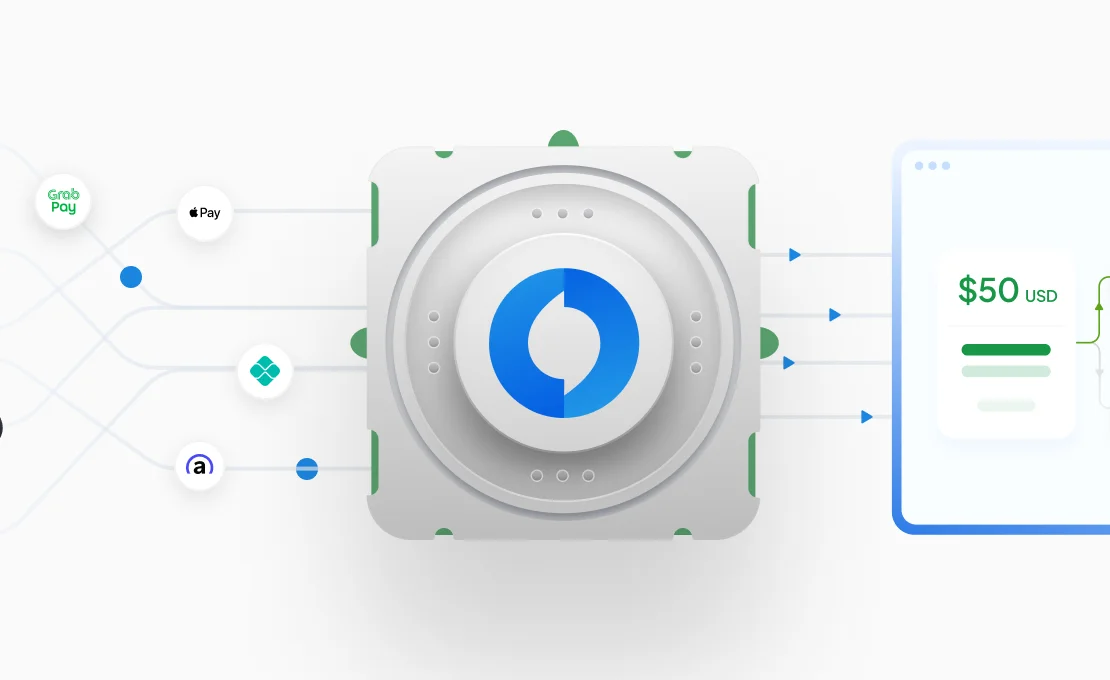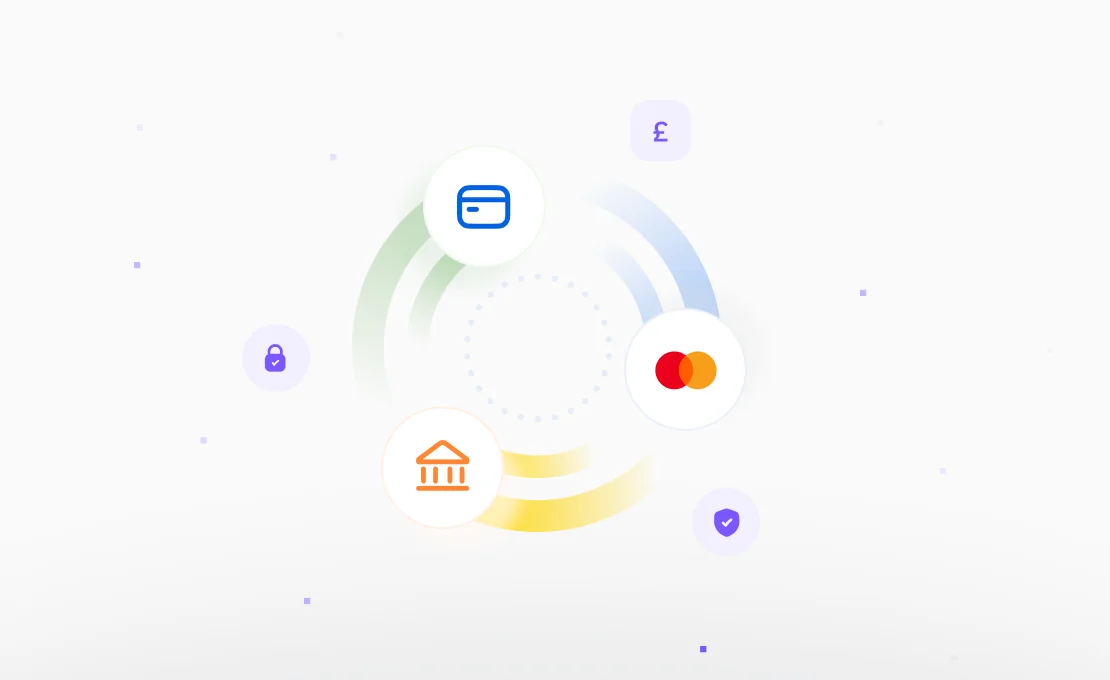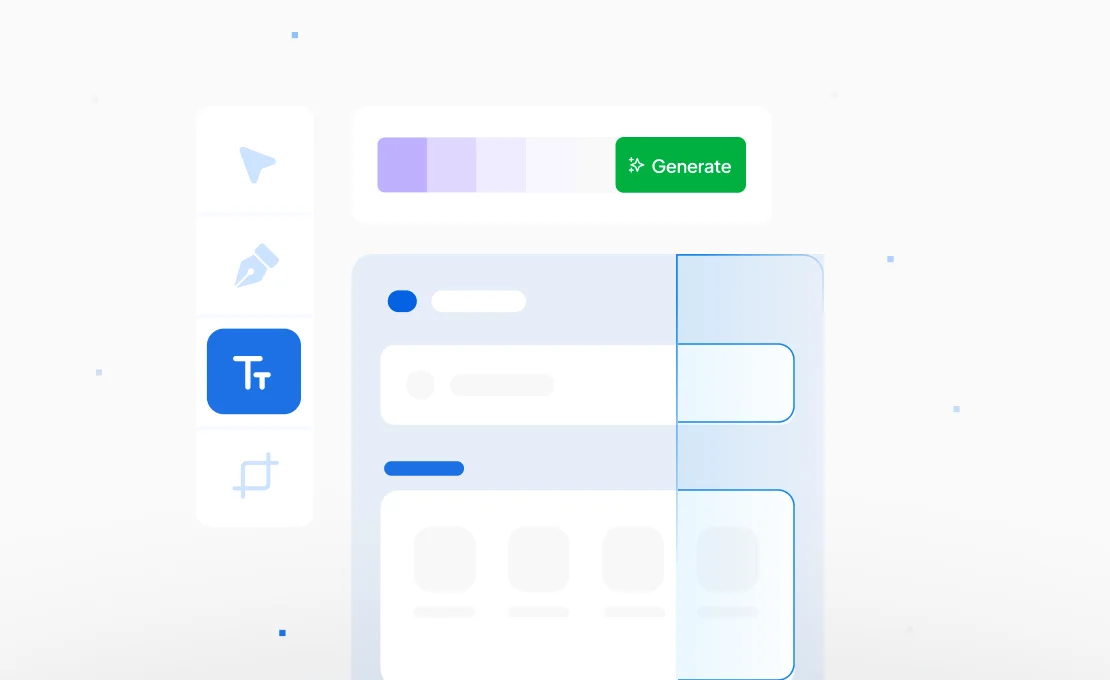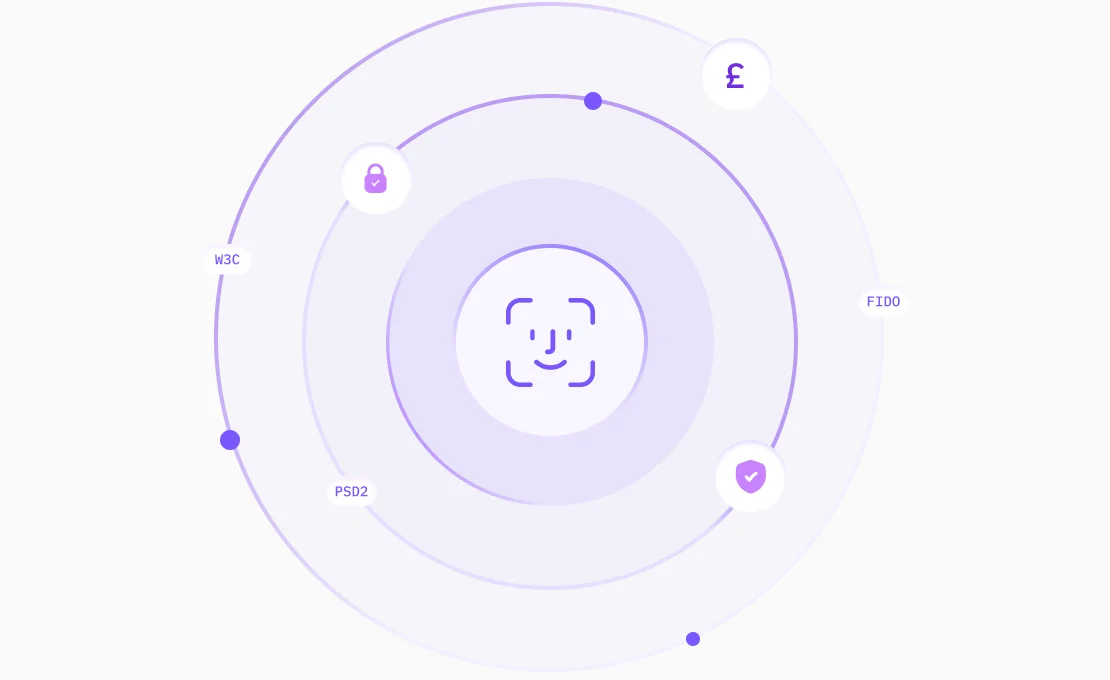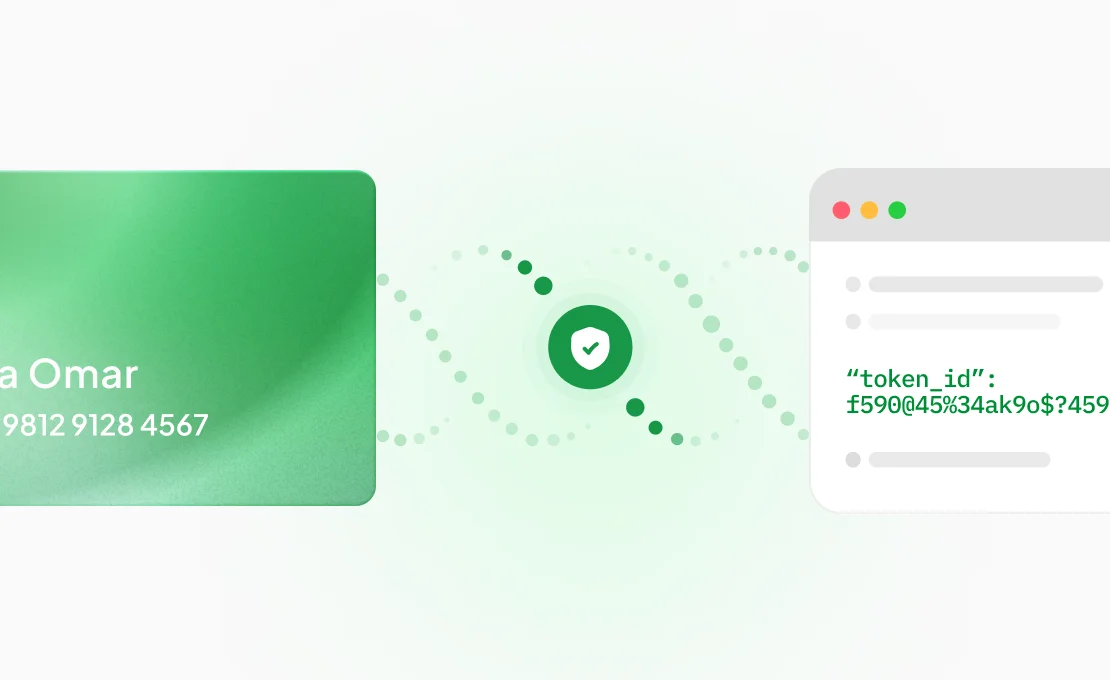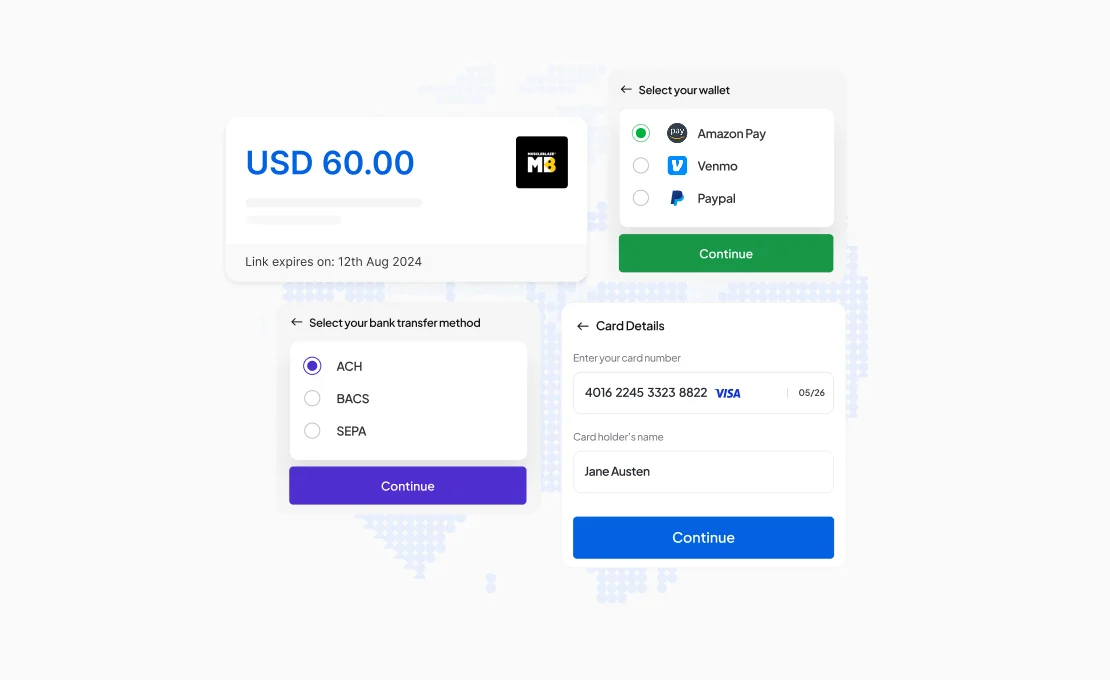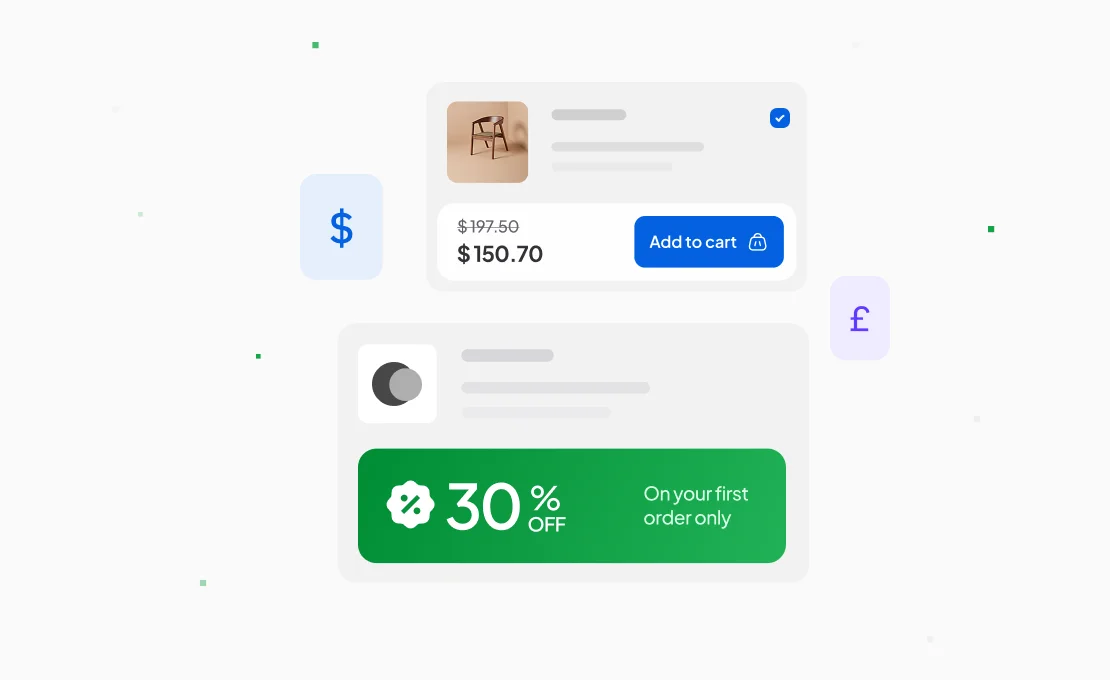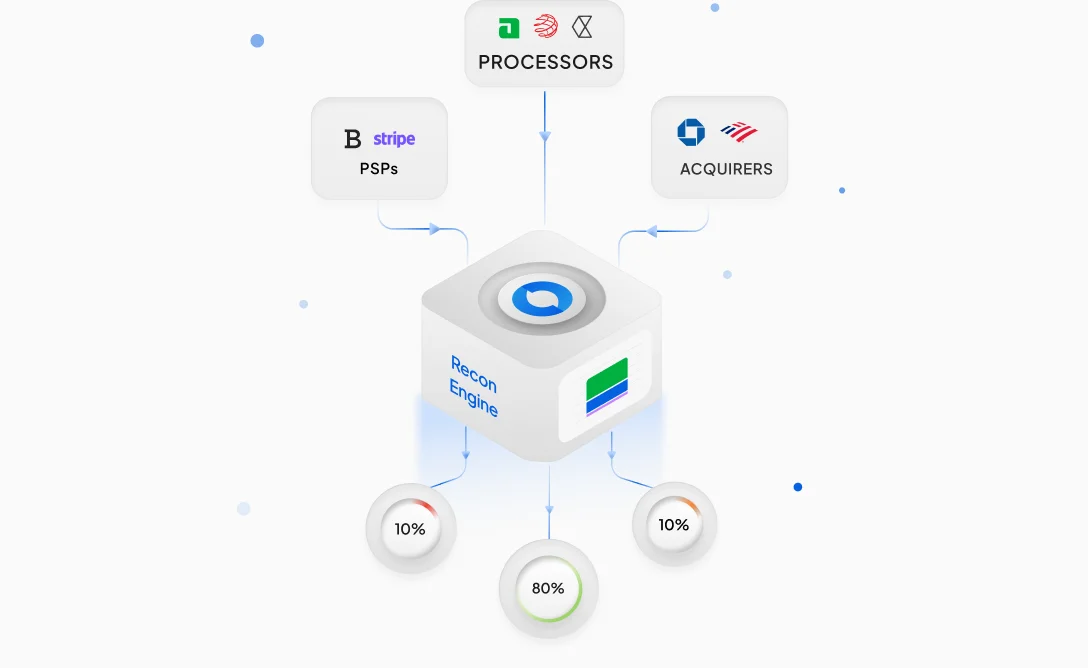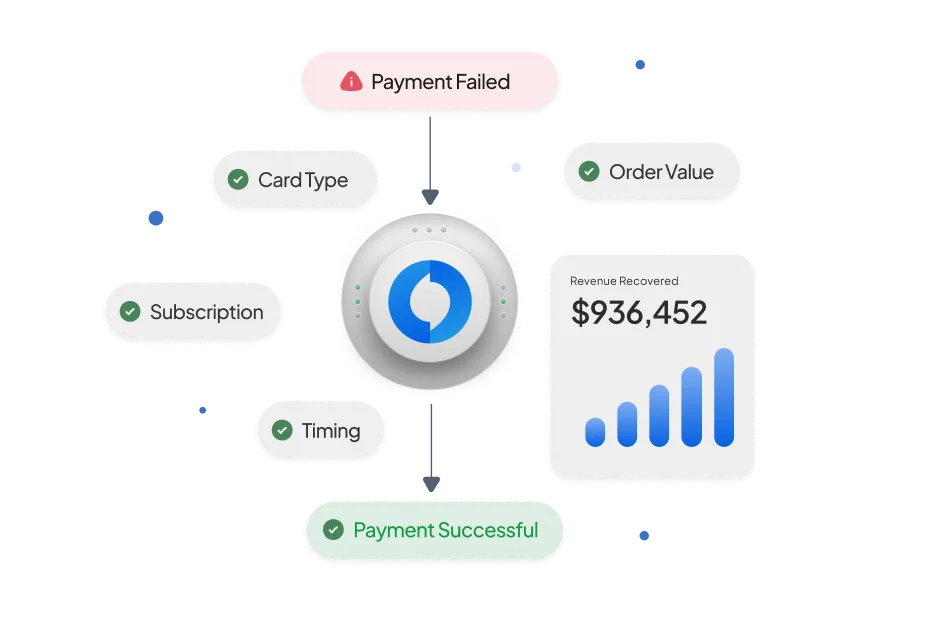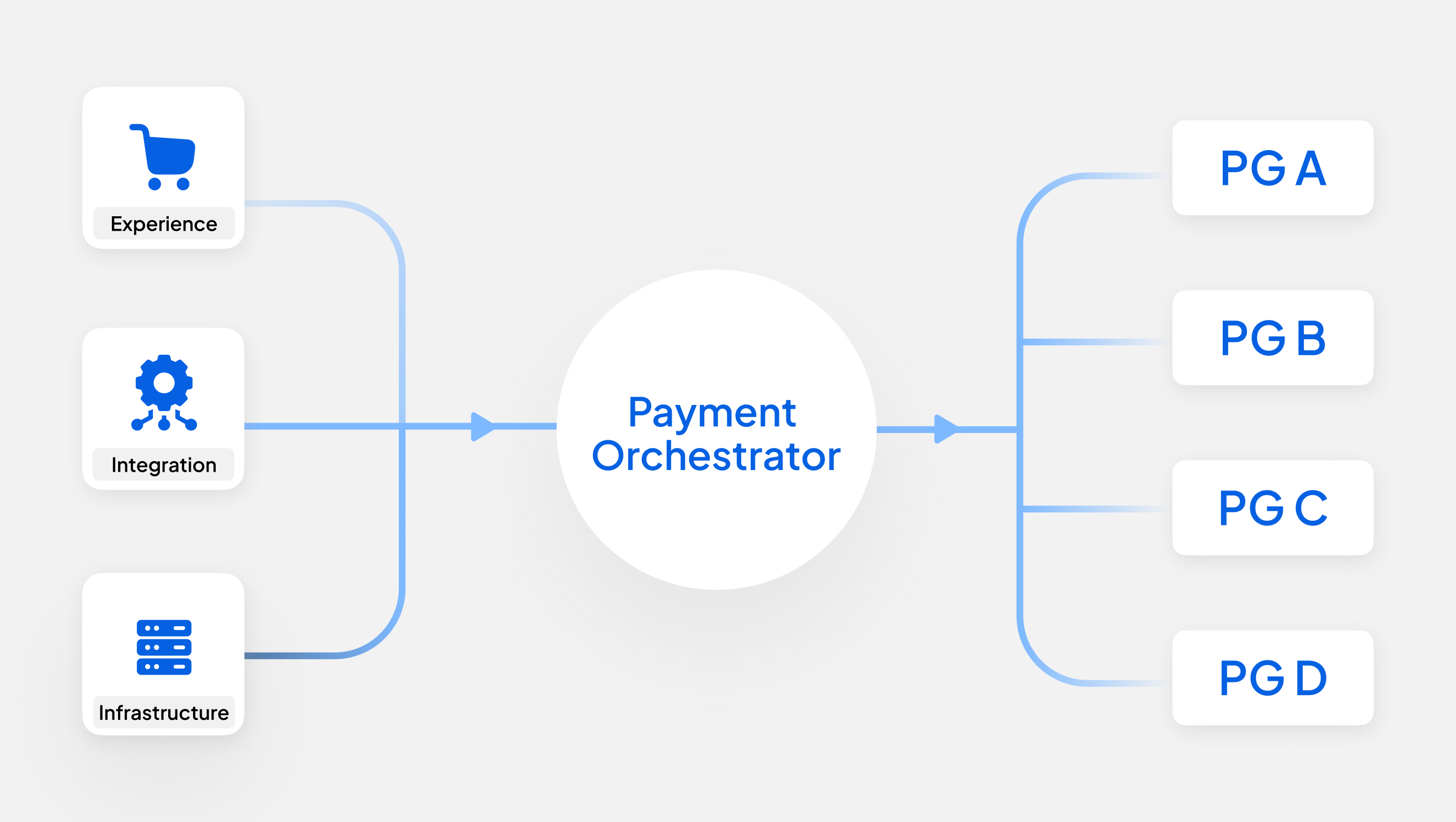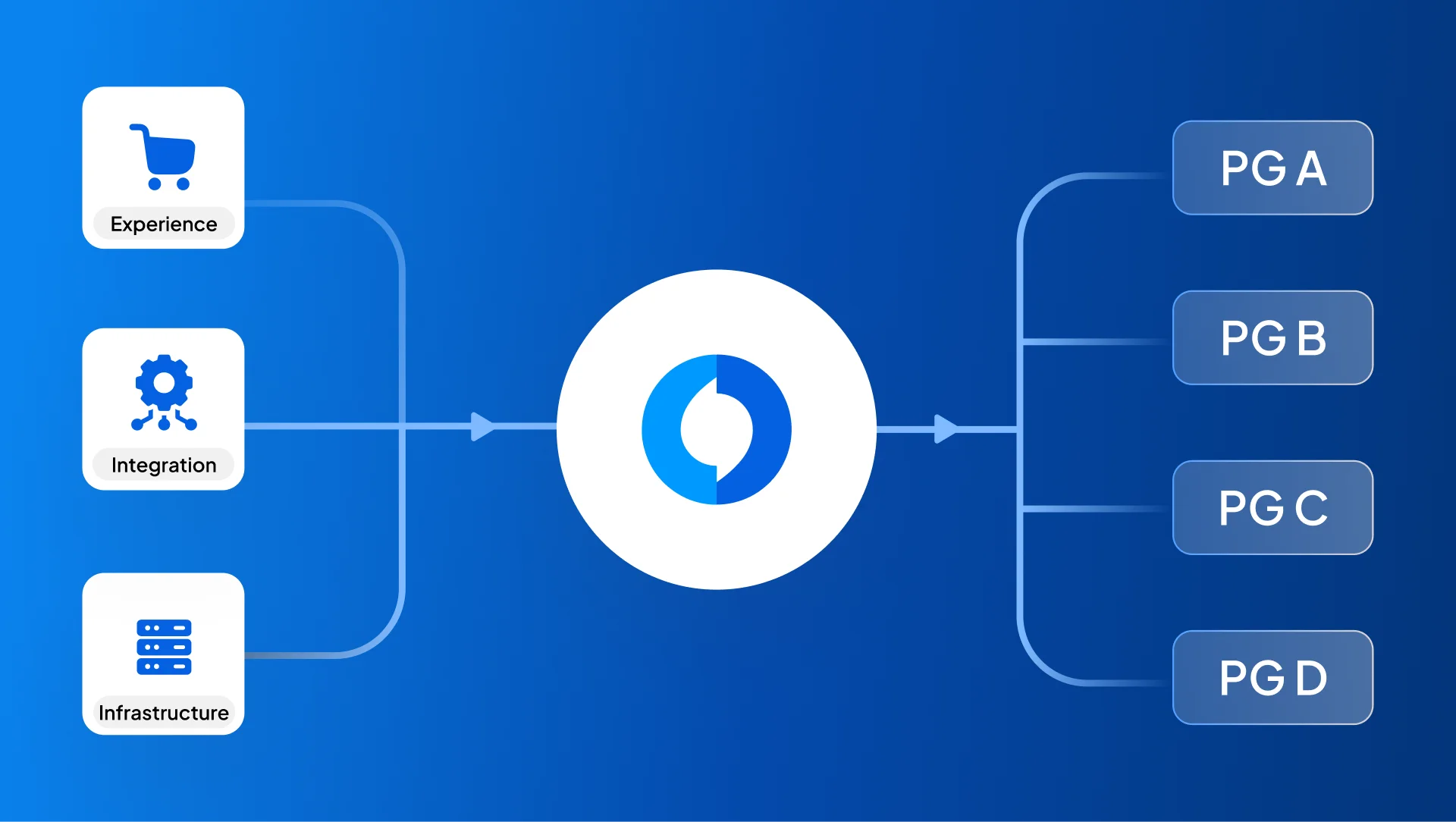Introduction
Vertical SaaS companies provide a comprehensive suite of software solutions for a specific sector - Retail, Healthcare, Restaurant, Travel & Hospitality, Donations or many more. Such solutions enable a broad range of use cases from scheduling doctor appointments (healthcare) to automating property management (real estate), or running charity campaigns (donations) to personalized customer engagement (retail).
Such Vertical SaaS solutions deploy embedded payment solutions offered by payment service providers (PSP) to solve for payment acceptance from the end users.
Why would such embedded payments solutions also become a bottleneck for the Vertical SaaS business?
Challenges
Connecting multiple payment processors across multiple clients
Working with a single payment processor could be limiting for the Vertical SaaS business. To win large enterprises as clients, the Vertical SaaS companies need to integrate with various payment gateways, banks, and financial systems, which can be complex and time-consuming.
Typically in the US, large enterprises have deeper banking/ payment processor relationships - which may extend from current accounts, to credit, to globalized contracts. Hence such enterprises would always prefer to continue accepting payments through the existing payment processor or banking relationship.

Integrations with multiple PSPs take a significant amount of time and effort.
A basic integration of card authorization workflow can take up to 2 weeks of effort to implement. And expanding the integration to more workflows and complex features consumes more effort which could extend to months. In case of bank acquirer integrations the effort could be 50% higher than the standards mentioned below.

For a Vertical SaaS solution it is quite difficult to predict the integration requirement from the upcoming clients and hence difficult to plan out the engineering bandwidth for such integrations.
Demand for modular and composable payment workflows
Embedded payments 1.0 was about fintech enabling Vertical SaaS companies to accept payments along with managed PCI compliance and a seamless payment experience to end customers.
As businesses navigate into what we call as - Embedded Payments 2.0, Vertical SaaS companies will have to offer clients with more modular and composable card vaulting and payment workflows demanded by clients. This demands more payment expertise and engineering bandwidth to stay agile with client requirements.
Solution
Easy onboarding of clients and payment processors
To win large clients, the Vertical SaaS platform should support a prebuilt list of no-code integrations to numerous payment processors as well as a dashboard to enable client onboarding and processor configuration.
While onboarding new clients, Vertical SaaS platform should be able to create accounts for new clients and send an invitation email. The client should be able to login to the dashboard and enable the payment processor of choice.

Vertical SaaS platform can invite clients to self-onboard onto the payments platform

Clients onboard on the payment platform and self configure the payment processor credentials
Supporting modular payment workflows
Depending on sector and business use case, the Vertical SaaS platform will have to support numerous card vaulting and payment workflows for large clients. This will help win large clients for whom off-the-shelf solutions will not be enough.
Card vaulting workflows
While powering payments for Vertical SaaS clients there could be broadly three types of card vaulting workflows. While the workflows are distinctly explained below, real world use cases might demand a combination of such workflows too.

- Unified card vaulting: Cards across end customers’ of all the clients are stored in a unified vault for easier discovery and one-click payments. For scenarios wherein the Vertical SaaS platform owns the end customer experience, it is very critical to ensure that repeat customers do not have to re-enter the card information every time. This to ensure seamless payment experience and better conversion rates.
A typical example of this use case is a Parking application (Vertical SaaS) which would require the customer cards to be stored in a unified vault across multiple parking inventory providers (clients). The customer will not have to add the card every time he drives to a new city or parks in a new location.
- PSP card vaulting: Cards across end customers’ of all the clients are stored in the vault of the PSP with whom the clients already have a contractual relationship.
A typical example of this use case will be a subscription management (Vertical SaaS) solution, wherein the newsletter (client) would prefer to vault cards directly with the PSP of choice.
- Client-scoped card vaulting: The customer cards of each client are scoped and vaulted for dedicated use by a particular client.
A typical example of this use case will be for property management application (Vertical SaaS) wherein the property owner would prefer to have isolated card storage without card sharing across other properties.
Payment workflows
Similar to the vaulting workflow, the payment workflows could also exist in multiple composable blocks depending on the business use case and the flexibility required by the client.

Direct payments: In case of a Hospital (client) using a patient appointment booking platform (Vertical SaaS), the Hospital may prefer to authorize the customer card after fulfilling the service. Hence, the Vertical SaaS solution will have to verify + vault the card with the PSP and return the PSP card token to the hospital.
Customer acquisition payments: In case of a Charitable Organizations (client) using a Campaign platform (Vertical Saas), the primary goal will be to acquire more donors. Hence, the NGO may expect the campaign platform to sign up more donors through first donation. The recurring payments shall be directly processed by the Charitable Organization through its PSP of choice.
End-to-end payments: In other scenarios, such as Insurance (client) using an Insurance platform (Vertical SaaS) to design new subscriptions and distribute to customers. Payments will have to be more integrated with such a platform. Hence, the Insurance company might expect the Insurance platform to process the customer acquisition payment and renewal payments through the PSP of choice on behalf of the Insurance company.
More on embedded payments
We delved into the ability to onboard clients & multiple payment processors as well as the building composable & modular payment workflows. In addition to that, Embedded payments 2.0 will also demand Vertical SaaS solutions to deliver deeper payments expertise, which has a direct impact on the clients’ revenues and business expansion plans.
Hence, the ideal embedded payment solution of a Vertical SaaS business will also have to focus on below aspects, which will be covered in the upcoming blogs.
- Allow flexibility for the clients to run multi-processor setup and use different authorization workflows
- Optimizations for improving auth rates and reducing involuntary churn
- Global payment acceptance with localized payment preferences and alternate payment methods
- Adapting to fast evolving regulations around data residency requirements and secure payment authentication standards
